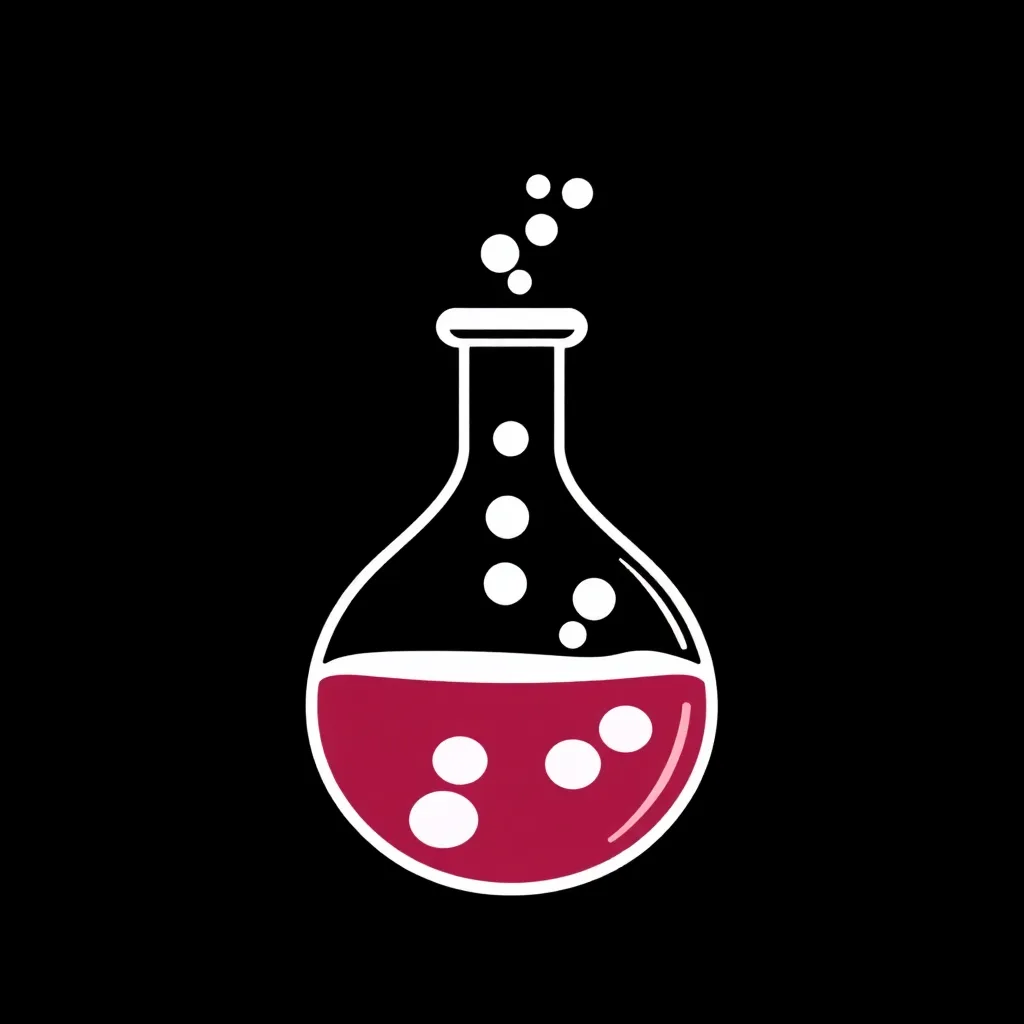
IUPAC Name Generator
Generate Accurate IUPAC Names for Chemical Compounds
IUPAC Name Generator

What is the IUPAC Name Generator?
The IUPAC Name Generator is a tool designed to automatically produce the systematic IUPAC (International Union of Pure and Applied Chemistry) name for a given chemical structure or input. This ensures standardized chemical nomenclature, crucial for clear communication and research in chemistry.
Accurate Nomenclature
Generates names adhering to IUPAC rules for reliable chemical identification.
Time-Saving Efficiency
Automates the naming process, saving time and reducing errors compared to manual methods.
Versatile Application
Suitable for researchers, students, and anyone needing to name organic and inorganic compounds.
Improved Communication
Facilitates clear and unambiguous communication of chemical compounds across disciplines.
Educational Resource
Aids in understanding IUPAC nomenclature rules by providing correct examples.
How to Use the IUPAC Name Generator
Simple steps for generating IUPAC names:
Input Chemical Structure
Provide SMILES string, InChI code, or draw the chemical structure directly.
Click 'Generate'
Initiate the IUPAC name generation process.
Review the Output
Examine the generated IUPAC name and verify its accuracy.
Use/Save the Result
Copy and use the generated IUPAC name in your research, reports, or publications.
Relation Tools

Cat Name Generator
Find the perfect name for your feline friend with our AI-powered cat name generator!

Xbox Name Generator
Craft the perfect Gamertag with our AI-powered generator!

Xbox Gamertag Generator
Craft the Perfect Xbox Gamertag: Find Unique and Memorable Names Instantly

Elf on the Shelf Name Generator
Find the perfect, magical name for your Christmas Elf!

French Name Generator
Generate unique and beautiful French names effortlessly.

Prison Name Generator
Need a gritty, realistic, or original name for your prison? Generate unique prison names with our AI-powered tool!

Female Dragon Name Generator
Unleash the power of AI to create the perfect female dragon name.

Random Website Name Generator
Stuck on a name for your website? Our AI-powered generator provides creative and memorable domain name ideas.

African American Names Generator
Generate unique and meaningful African American names for various purposes.
IUPAC Name Generator Examples
Examples of chemical structures and their corresponding generated IUPAC names:
Ethanol
Input: CCOC Output: Ethanol
Benzene
Input: c1ccccc1 Output: Benzene
Acetic Acid
Input: CC(=O)OH Output: Acetic acid
Cyclohexane
Input: C1CCCCC1 Output: Cyclohexane
Methane
Input: C Output: Methane
Water
Input: O Output: Water
Sodium Chloride
Input: [Na+] ... [Cl-] Output: Sodium chloride
Frequently Asked Questions About IUPAC Name Generation
Find answers to common questions: